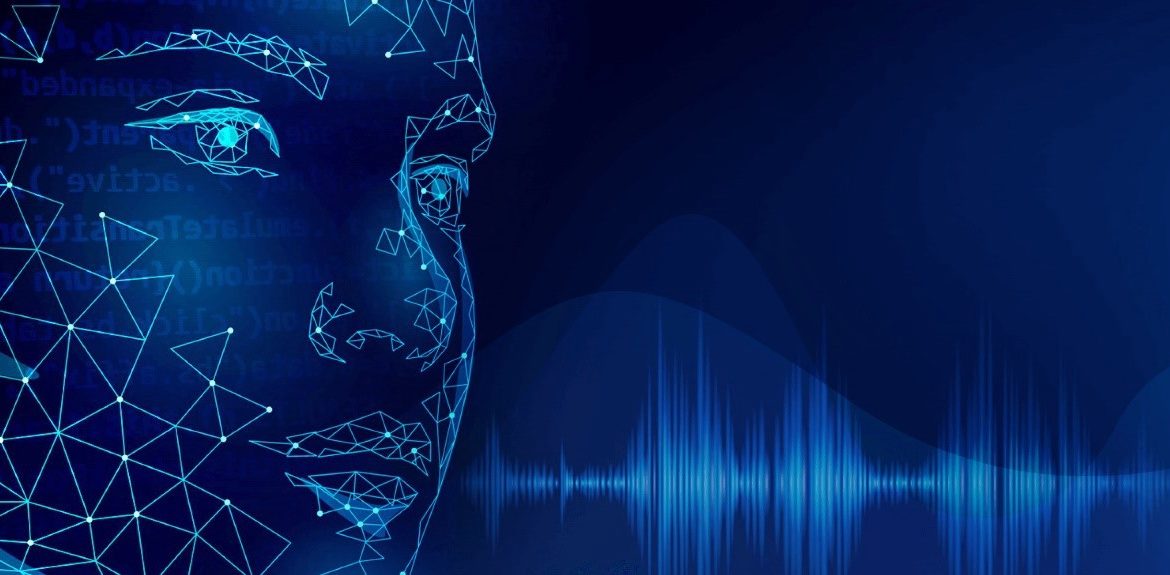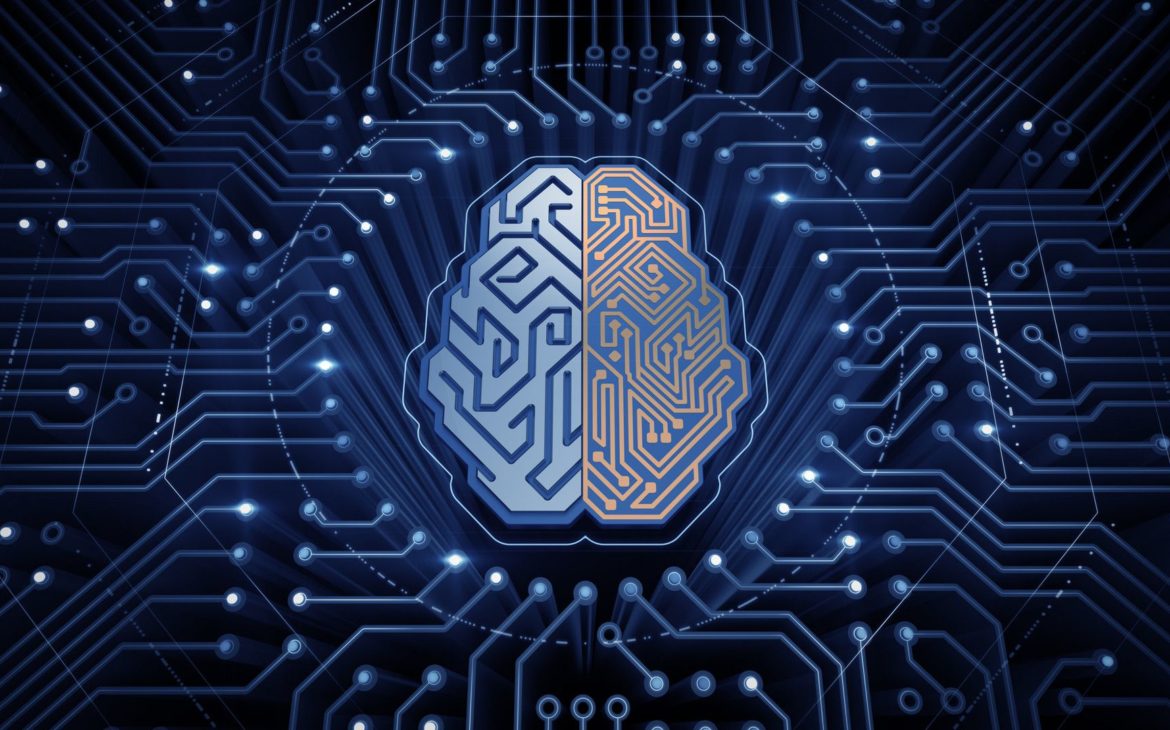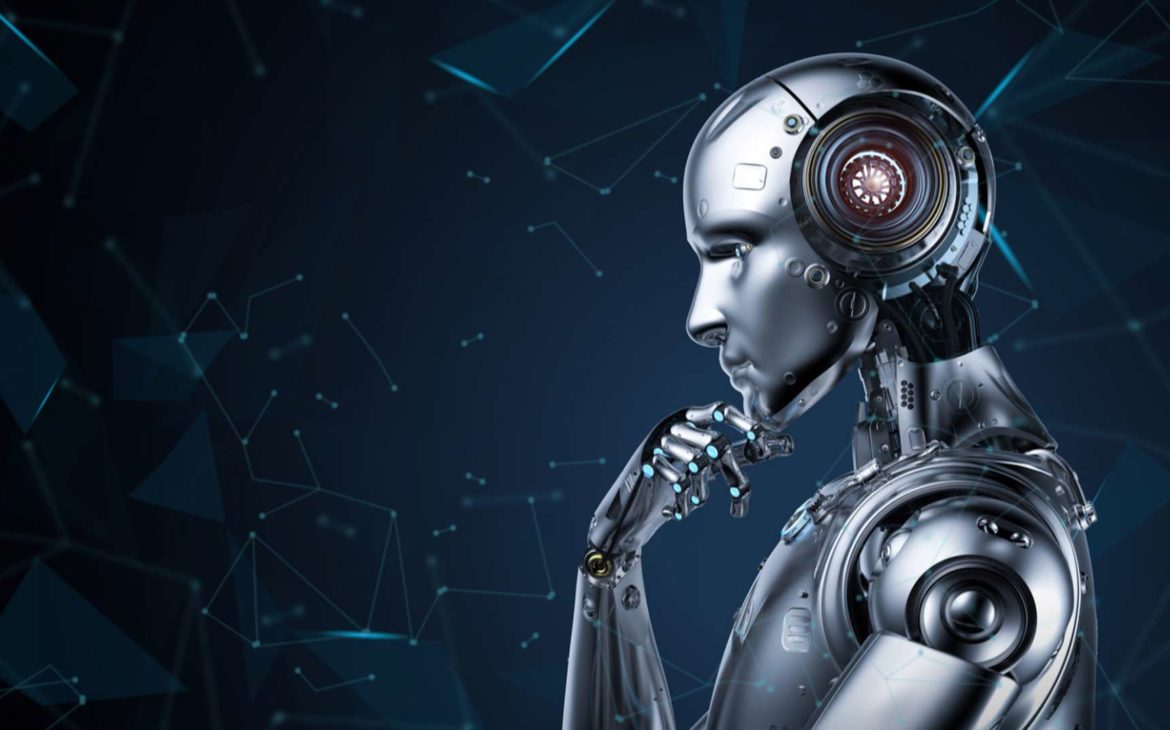In today’s world, the ability to recognize a person’s face as an identity is crucial. Facial recognition and identification are used in a variety of real-world situations, whether it’s for your identity card, passport, or any other important credential. It has been a popular method for verifying an individual’s identity in recent years. This technology is also being utilized to combat ID fraud and identity theft in a variety of sectors and companies. Face recognition is also a feature on your smartphone that allows you to unlock it.
Such jobs necessitate three abilities: the ability to understand identification from unknown faces, the ability to learn new faces, and the ability to recognize familiar faces. Although facial recognition is not a new concept, technical improvements have led to the significant growth of this technology throughout time. This article will attempt to explain how facial recognition works and how it can be used to verify identity by deepface.
What is Deepface?
Deepface is a python framework for face recognition and facial attribute analysis like age, gender, emotion, and race. It’s a hybrid facial recognition framework that encases cutting-edge models such as VGG-Face, Google FaceNet, OpenFace, Facebook DeepFace, DeepID, ArcFace, and Dlib around state-of-the-art models like VGG-Face, Google FaceNet, OpenFace, Facebook DeepFace, DeepID, ArcFace, and Dlib.
As to work on face recognition with DeepFace, we need to know some basic features that are as follows:
- Face Verification: Face verification is the process of comparing one face to another to see if they are identical. As a result, face verification is frequently used to match a candidate’s face to that of another contender. This can be used to verify if a person’s physical appearance matches that of an ID document.
- Face Recognition: This task entails locating a face in a database of images. Face recognition necessitates multiple runs of face verification.
- Facial Attribute Analysis: It is a task that entails describing the visual qualities of images of people’s faces. Face characteristics analysis is thus used to extract features including age, gender classification, mood analysis, and race/ethnicity prediction.
- Face Recognition and Facial Attribute Analysis in Real-Time: This feature allows you to test face recognition and facial attribute analysis using your webcam’s real-time video stream.
How to Use DeepFace?
Deepface is a Python-based open-source project licensed under the MIT License. Developers can use, modify, and distribute the library for personal or commercial purposes. The deepface library is also available on the Python Package Index (PyPI), which is a repository for Python software. Following that, I’ll lead you through a quick lesson on how to use DeepFace on Google Colaboratory.
1. Install the DeepFace package
The following command is the simplest and fastest way to install the DeepFace package. Here we will use pip, which is a package manager of Python.

2. Import the library
Then, using the following command, you’ll be able to import the library and use its features. Note this thing that deepface is a package and DeepFace is a library.

3. Load and display input image
Now we are going to import the image. For this, we need to first import cv2 (computer vision) file which is actually an open-source library in Python. As to represent the image we need to plot the image for that we are going to use mathplotlib library and here we are giving it a keyword as plt. First, we are going to take an image of any person with any type of emotion. Download the image and upload it on Google Colaboratory. Now give the image a name (here it is defined as img1) and then copy the path and paste it to the address. The last step is to show the image so use the command imshow and print it. Note that the image is not going to have the same color as the image, so this issue is going to be rectified later.
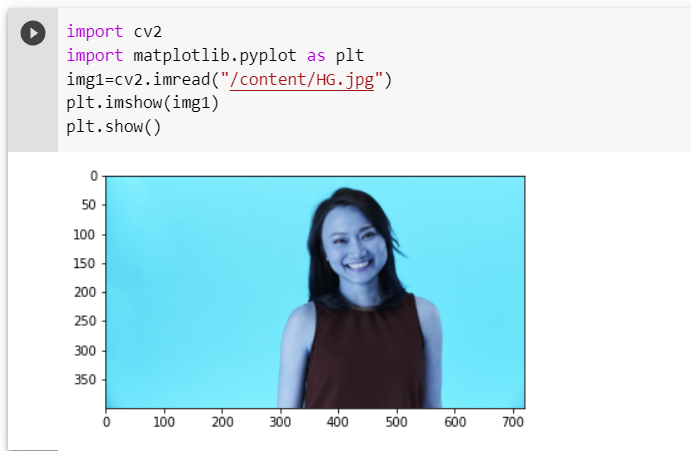
4. Analyze the Image
Now we have to analyze the image. We have to search out all the possible emotions of the image and for the same, we are going to use DeepFace.analyze command and then print the following image.

The output of the above code is:
{’emotion’: {‘angry’: 4.639604969135301e-14, ‘disgust’: 7.307794923672215e-27, ‘fear’: 2.700457771710656e-17, ‘happy’: 99.99998807907104, ‘sad’: 1.1367733062381605e-11, ‘surprise’: 2.684479749603952e-07, ‘neutral’: 1.5380985018964566e-05}, ‘dominant_emotion’: ‘happy’, ‘region’: {‘x’: 361, ‘y’: 59, ‘w’: 126, ‘h’: 126}}
5. Color rectification of the image
As earlier said the color off the image was not accurate so to have the accurate image we will use the following command:
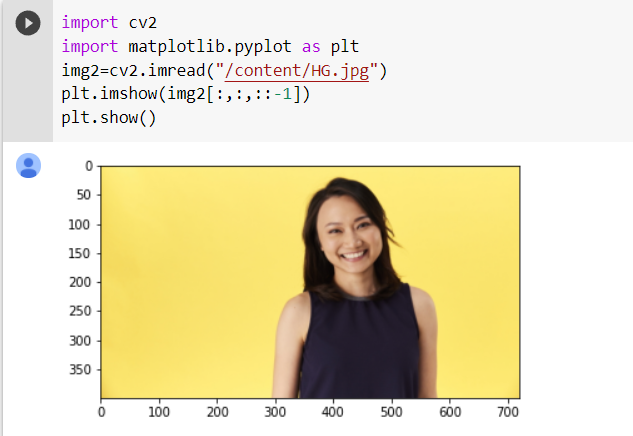
DeepFace’s main goal is to combine the greatest image recognition tools for deep face analysis into a single lightweight and extensible library. We also name it LightFace since simplicity is so crucial. Anyone with a high confidence score can utilise DeepFace in production-grade projects to use the most powerful open source algorithms.
Must Read: Industries Disrupted by AI in 2022


